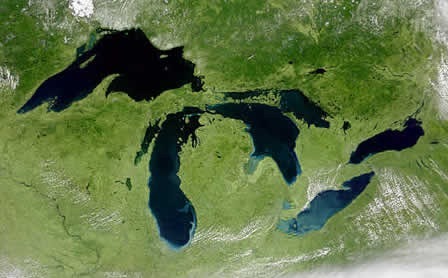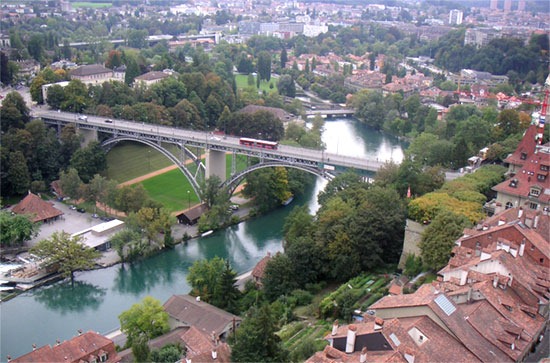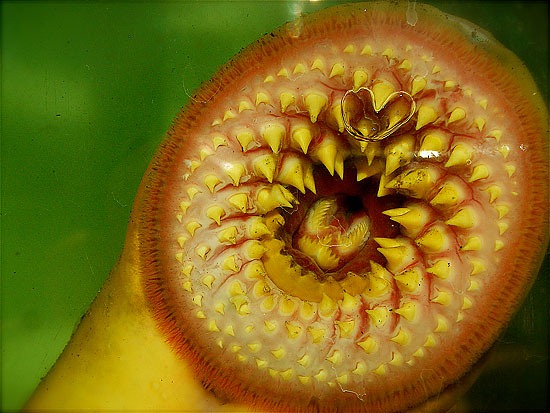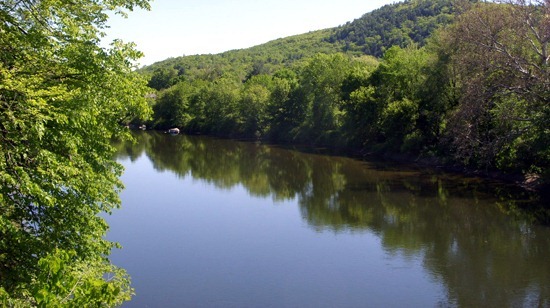Purdue researchers explore climate change’s impact on Lake Michigan fish
0
This robotic submarine will help University of Purdue researchers collect data from Lake Michigan’s nearshore waters to study how climate change might impact young fish.
A robotic submarine deployed in Lake Michigan will help Purdue University researchers study how climate change could be impacting the survival of young fish vital to the lake’s ecosystem.
The Purdue researchers are studying the larvae of yellow perch and alewives in nearshore waters along the lake’s southern tip, near Michigan City, Ind., where there are high populations of both species. The perch are important for the area’s fishing industry, and alewives are the primary prey for the lake’s salmon and trout.
Previous studies have shown that climate change may cause fluctuations in the wind patterns on the Great Lakes, and other research has indicated wind strength and direction has altered in recent decades. Those winds can move colder and more nutrient-rich water inshore, where delicate larval fish grow.
“These larval fish are very vulnerable because they are not fully developed and cannot swim well, so they are really at the mercy of their environment,” said Tomas Höök, an assistant professor in the Purdue’s Department of Forestry and Natural Resources. “Growth rates during the larval stage in part determine how well young fish survive to become adults. Rapid growth allows young fish to swim faster and, thereby, avoid predators, consume more food, and actively select warmer, more favorable waters. Otherwise, they can quickly starve to death.”
Höök added that the cooler waters brought in by wind can cause temperature changes of 5 to 10 degrees Celsius, which significantly affect metabolic rates in the young fish.
The autonomous, three-foot-long, battery-powered submarine will scour Lake Michigan’s nearshore area and measure several water parameters, including temperature, chlorophyll concentrations, pH, and turbidity. Additionally, buoys in the area are equipped with temperature strings that extend to the lake bottom and measure at various points along the water column.
The university researchers will also study the otoliths found in the larval fish, which are often compared to tree rings since they grow in layers and can reveal age and growth characteristics of fish.
“For example, the distance between growth rings reveals how well they grew in certain periods,” Höök said. “We’re also looking at the larval diets – what and how much they are eating. There is some consensus that the survival of larval fish has a large impact on the survival of the entire populations of fish species.”
Höök will conduct the research along with School of Civil Engineering Assistant Professor Cary Troy and two graduate students. Funding comes from the Indiana Department of Natural Resources through the National Oceanic and Atmospheric Administration.
Robot submarine patrols Lake Michigan for climate-change study [Purdue University] Lake Michigan climate change studied [United Press International] Robotic submarine to study fish in Lake Michigan [The Chicago Tribune] Image Credit: Courtesy of Cary Troy, Purdue University School of Civil Engineering













